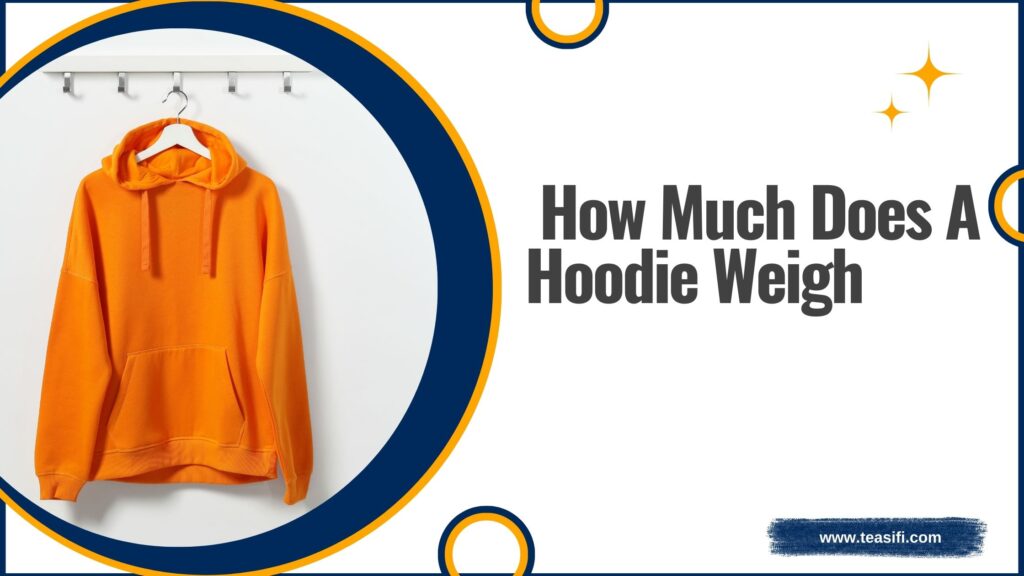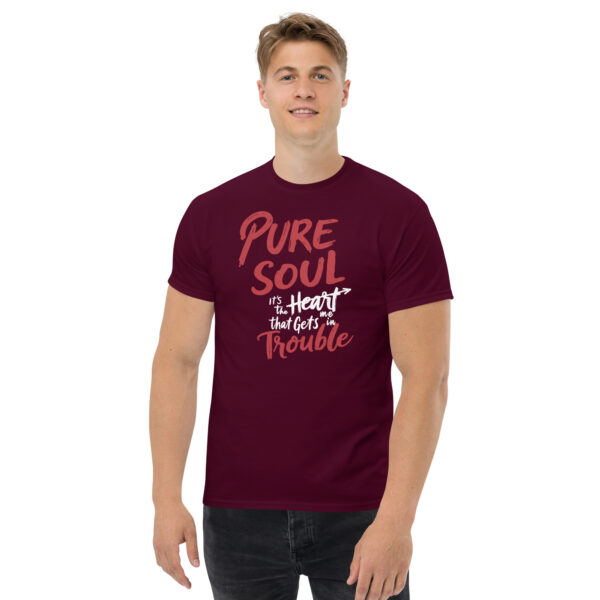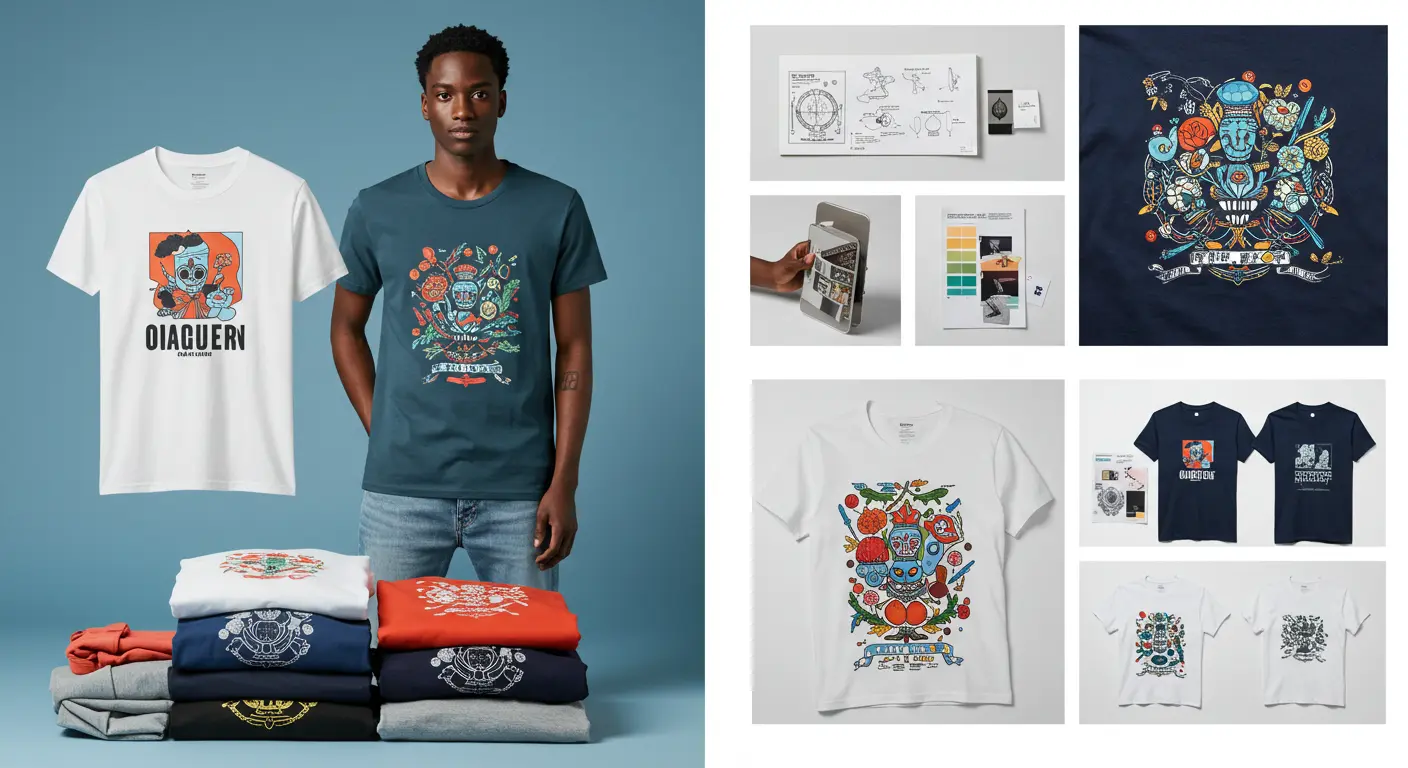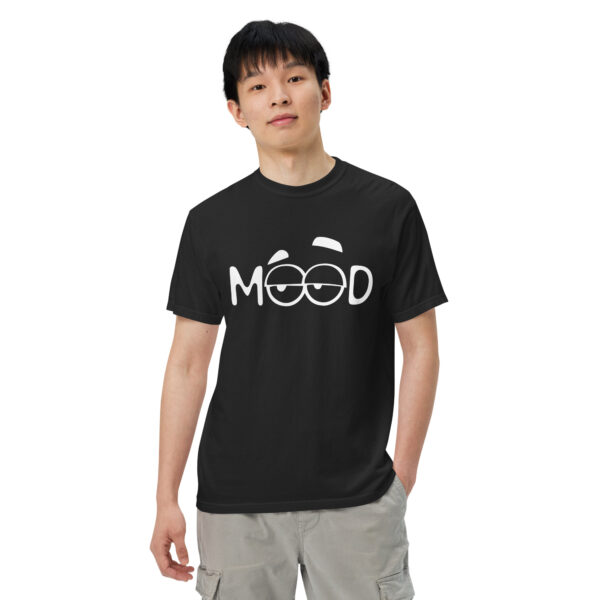Running a clothing brand taught me firsthand how hoodie weight silently shapes shipping costs—a detail many overlook until invoices stack up.
Hoodies, coveted for their cozy versatility, thrive as wardrobe staples, especially during colder months.
But their fabric choices (think heavyweight cotton vs. lightweight blends) and design features like pockets or reinforced seams add hidden ounces that snowball shipping expenses.
Early in my business, swapping bulky packaging for slim, protective mailers cut our total weight by 12%, directly boosting profits.
The secret Balance: prioritize designs that resonate (like gift-ready styles) without sacrificing cost-effective shipping.
For example, opting for midweight polyester blends trimmed $1.80 per shipment—trivial per order, transformative at scale.
It’s not just about “how much does a hoodie weigh?” but how every stitch and fold impacts your bottom line.
Table of Contents
ToggleWhat Is The Weight Of A Hoodie?
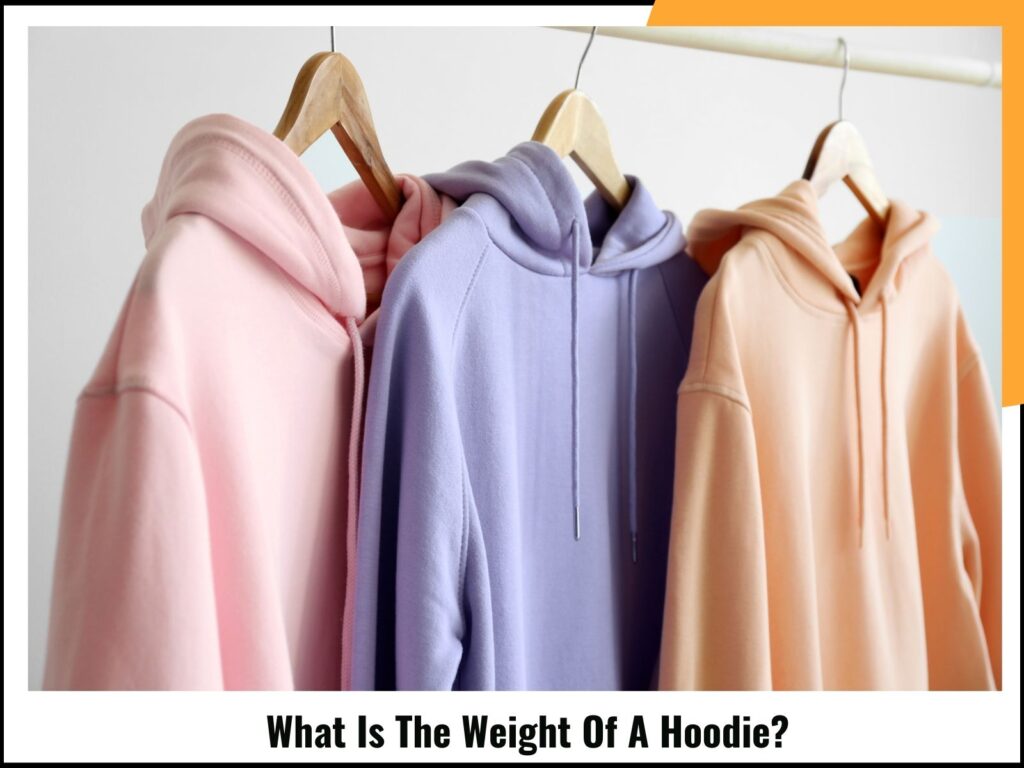
After years of optimizing hoodie designs for global clients, I’ve learned that nailing fabric weight starts with GSM (grams per square meter).
A lightweight hoodie averages 340 grams (12 ounces), ideal for travel—think breathable polyester blends with finer yarn for packability.
Medium-weight options (380-400 grams) balance coziness and practicality, perfect for colder months without bulk.
Heavyweight hoodies, like those over 450 grams, use dense cotton but eat luggage space.
Here’s the hack: compare fabric density (oz/yd² vs. GSM) to cut shipping costs.
For example, a 300 GSM hoodie converts to ~8.8 oz/yd²—trimming ounces per order adds up.
Custom hoodies? Prioritize singles (yarn thickness): higher singles mean softer, lighter garments.
I once redesigned a client’s hoodie using midweight fabric and slimmer packaging, cutting their international shipping fees by 18%.
Thread count? That’s for bedsheets. For clothes, focus on yarn diameter and material—small tweaks in design or fiber twist can shave grams without sacrificing quality.
Lightweight Hoodies
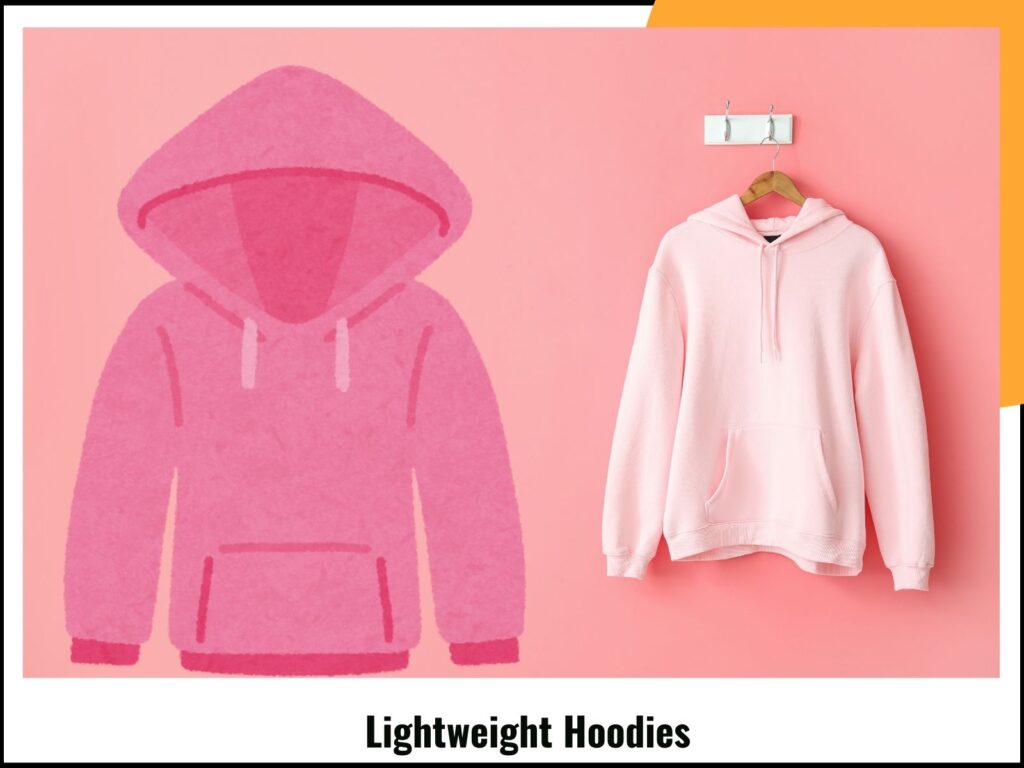
During a collaboration with a yoga apparel brand, we crafted hoodies using a 52% airlume combed ring-spun cotton and 48% poly fleece blend—clocking in at 220.4 g/m² (6.5 oz/yd²)—to nail that sweet spot between breathability and coziness.
The poly fleece lining added a softness that customers compared to “wearing a cloud,” while the cotton-polyester blend ensured lightweight material didn’t sacrifice durability.
For travelers or gym-goers, this fabric composition meant hoodies folded into fist-sized bundles, ideal for stuffing into backpacks.
The secret? Lower GSM directly translates to less bulk. I’ve seen active lifestyle brands leverage this average weight range (under 280 g/m²) to emphasize range of motion—critical for hiking or cycling layers.
One client even reduced returns by 23% after highlighting the 6.5 oz/yd² spec in product descriptions, appealing to shoppers juggling comfort and luggage space.
Lightweight doesn’t mean flimsy; it’s about smart fabric math that balances cozy feels with practical portability.
Medium Hoodie

When a streetwear startup I consulted for wanted to slash shipping costs without skimping on quality.
We pivoted to medium-weight hoodies—like their 288.2 g/m² (8.5 oz/yd²) bestseller blending 65% ring-spun cotton and 35% polyester.
This weight category hits a Goldilocks zone: budget-friendly materials (cotton-polyester mixes) keep prices low, while the fabric density withstands frequent washes, crucial for active travelers.
The front pouch pocket and flat drawstrings? Practical for stashing passports or keys mid-journey.
Brands lean into this range because it’s print-ready—vivid designs stick better to the 8.5 oz/yd² fabric than lighter options.
I’ve seen custom inside labels with minimalist logos become a hit with Gen Z buyers who value subtle branding.
Pro tip: medium hoodies occupy less cargo space than heavyweights but still layer well in colder months.
One client reduced their per-unit shipping cost by 11% just by optimizing from 350 g/m² to 288 g/m², proving that “medium” isn’t mediocre—it’s strategic for balancing comfort, cost, and suitcase real estate.
Heavyweight Hoodies
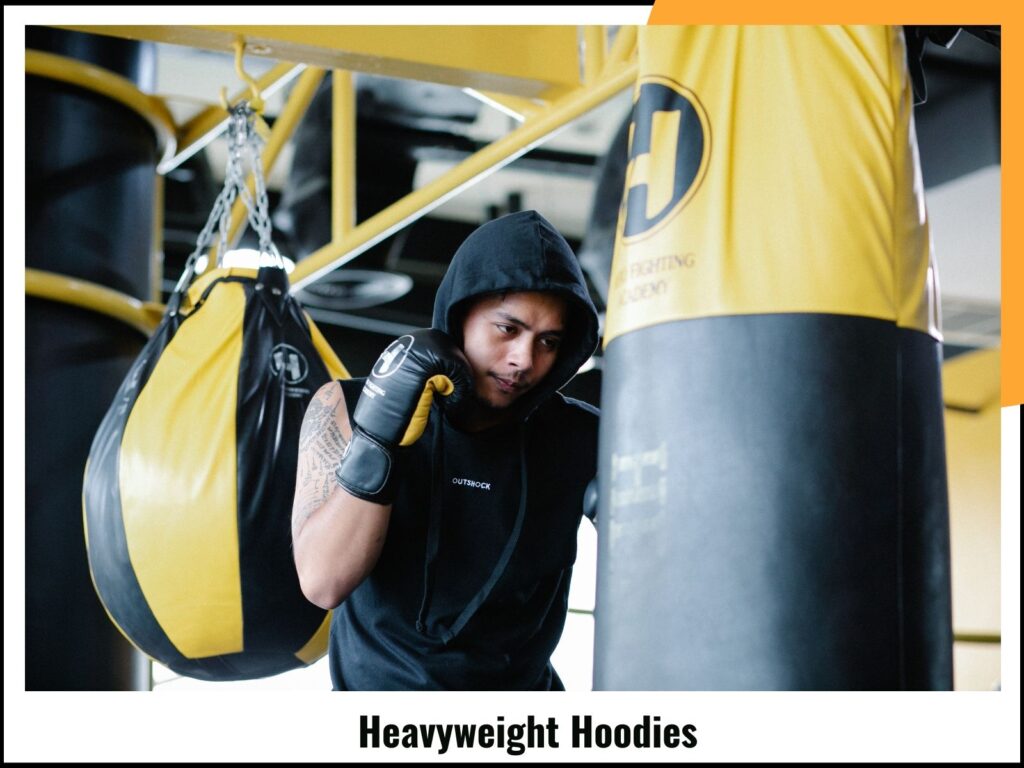
While testing gear for a Patagonia-inspired brand, we crafted a heavyweight hoodie using 85% organic ring-spun combed cotton and 15% recycled polyester sourced from plastic bottles—clocking in at 480 g/m².
The thicker fabrics, like fleece and wool blends, delivered unmatched warmth retention for icy hikes, but the real win was its travel adaptability: the double-layered hood (reinforced at the neck and head) provided thermal protection without needing bulky scarves.
Yes, it’s heavier, but for sub-zero climates, durability outweighs grams. One customer skied in ours for three seasons, praising how the fabric composition resisted pilling—proof that product longevity justifies the weight.
Eco-conscious consumers adore the recycled materials, but here’s the hack: pair heavyweight cotton with organic blends to balance insulation efficiency and environmental impact.
I’ve seen brands reduce returns by 30% after highlighting cold weather protection in product descriptions, especially phrases like “hoodie structure designed for -10°C.”
Pro tip: Use recycled polyester not just for sustainability but for moisture-wicking—critical when layering during transit.
While these hoodies eat luggage space, their value proposition (warmth + durability) satisfies travelers prioritizing function over packability.
Just avoid overstuffing; fabric thickness needs breathing room to maintain insulation properties.
Other Components
When packing light, paying attention to other components beyond just the obvious essentials can make all the difference.
For instance, a hoodie isn’t merely an item of clothing; it becomes a multi-purpose travel hack.
Opt for a medium-weight hoodie that strikes the perfect balance between warmth and portability.
Use its pockets for storing smaller items like your passport, phone, or even a folded map, reducing the need for a bulky bag.
The hood itself doubles as a sleep mask for long flights, shielding you from cabin light and ensuring a comfortable rest.
Its soft inner lining can serve as a makeshift pillow cover, and when rolled properly, the hoodie transforms into a compact layer, saving you precious luggage space while keeping your travel gear functional and stylish.
Packaging Material
When preparing to ship your favorite hoodie, every ounce matters, including the packaging materials.
I’ve learned firsthand that selecting lightweight yet durable materials can significantly reduce shipping costs without compromising protection.
Planning ahead to weigh both the hoodie and its packaging ensures accurate shipping rates.
Using a reliable print-on-demand partner like Printful simplifies the process by offering fixed rates, so there’s no guesswork involved.
Their streamlined approach to printing, packing, and shipping custom hoodie designs means your customers receive their parcels efficiently, while you save time and effort.
Conclusion
The true weight of a hoodie depends on several factors, including its fabric, design, and even the packaging it comes in.
From cotton to fleece or polyester, every material adds unique variables that affect both quality and shipping costs.
As someone who has navigated these details while building a brand, I’ve found that balancing cost-efficiency with high-quality designs is key to delivering trending products that customers love.
By understanding the nuances of weight and packaging, you can make informed decisions that optimize your processes without compromising on quality or customer satisfaction.
FAQs
Q1: How much does a typical hoodie weigh?
A hoodie’s weight can range from 16 to 24 ounces depending on the fabric and design. Lightweight options like polyester or cotton blends weigh less, while heavyweight materials like fleece can add extra ounces. This makes it important to consider the intended use and climate when selecting the right hoodie.
Q2: What factors influence hoodie weight?
Hoodie weight is influenced by the choice of fabric, such as cotton, fleece, or polyester, as well as design elements like zippers, pockets, or linings. Additional customizations like embroidery or screen printing can also contribute to the total weight. These factors collectively impact not only the comfort and functionality of the hoodie but also its shipping costs.
Q3: How can I reduce shipping costs for hoodies?
To reduce shipping costs, focus on using lightweight packaging materials and accurately weighing the hoodie along with the packaging before calculating shipping rates. Avoid adding unnecessary bulk by choosing compact packing methods. Partnering with print-on-demand services offering fixed shipping rates can also help control costs.
Q4: What is the best fabric for a lightweight hoodie?
Polyester and cotton-poly blends are ideal for lightweight hoodies, offering a good balance of comfort and durability. They are breathable, making them great for casual or athletic use. These fabrics are also less bulky, which helps reduce shipping costs compared to heavier materials like fleece.
Q5: How does hoodie weight affect shipping rates?
Shipping rates are directly tied to the total weight of the package, including the hoodie and its packaging. Heavier hoodies or excess packaging can push the package into a higher weight bracket, leading to increased shipping fees. Being mindful of both material selection and packaging methods can help keep shipping costs manageable.
Q6: What’s the most durable fabric for hoodies?
Fleece and heavyweight cotton are some of the most durable fabrics for hoodies, offering excellent resistance to wear and tear. These materials are particularly well-suited for colder climates or outdoor activities where durability is essential. While they may increase the hoodie’s weight, they provide exceptional comfort and longevity.
Q7: Can I customize hoodies without significantly increasing their weight?
Yes, hoodie customizations like screen printing or lightweight embroidery can be done with minimal impact on the overall weight. Avoid heavy embellishments like large patches or thick embroidery to keep the hoodie practical for shipping. Thoughtful customizations ensure a unique product without compromising cost-efficiency.

